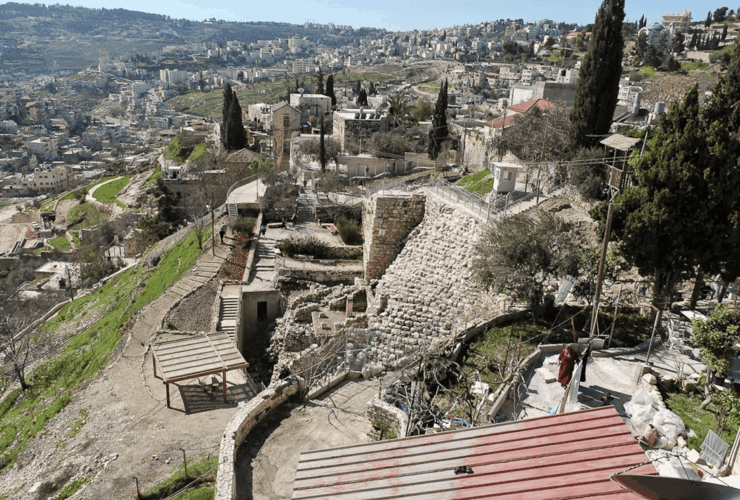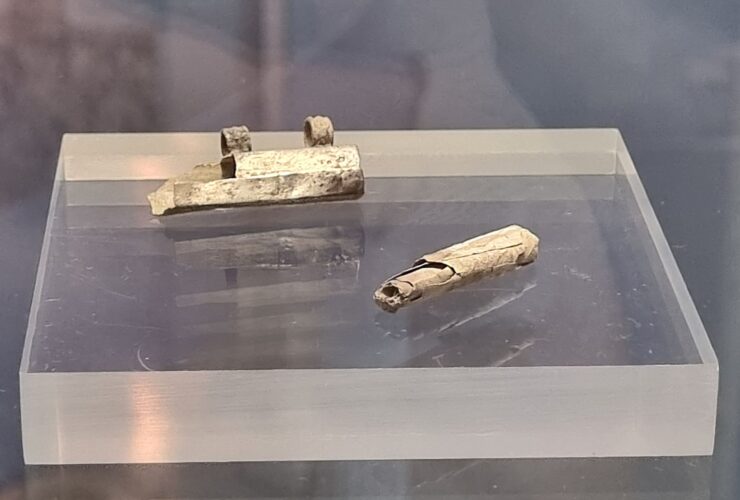Due to Israel’s interaction with Babylon and specifically with the Neo-Babylonian Empire of Nebuchadnezzar II (604-562 BC), there are many references to this nation and its practices in the Bible. In the biblical books of the prophets, the religious system of Babylon is often called out to be in direct opposition to Biblical beliefs. This was particularly concerning as many former citizens of Israel and Judah had been removed from their land as exiles and lived in Babylon, with and under this system of worship.
Connected to this exile imagery, the prophet Isaiah (700s BC), living before the Babylonian Exile (586BC), but still in a time when Babylon’s chief god Marduk was widely worshipped, makes the claim that one day Marduk’s (aka Bel) idol would be carried off into exile with its people (Isaiah 46).
The history of Marduk is an interesting one. His main cult centre was the city of Babylon at the great ziggurat (Etemenanki, “House, the Foundation Platform of Heaves and Underworld”)[1] and adjacent dedicated temple (Esagila, “House whose Top is High”)[2]. This ziggurat and temple faced a series of destructions, rebuilding, and renovations throughout the many ages of its existence, but the most famous reconstruction occurred under the watchful eye of Nebuchadnezzar II, the great builder king of Babylon, who also was responsible for the destruction of the Jerusalem Temple, and who appears as a main figure in the biblical book of Daniel.
“Now I, Nebuchadnezzar, praise and extol and honor the King of heaven, for all his works are right and his ways are just; and those who walk in pride he is able to humble.”
Daniel 4:37
During this time Babylon’s temple and ziggurat experiences a type of golden age, when its former glory was perhaps even surpassed by the extravagance of Nebuchadnezzar’s renovations. Nebuchadnezzar could then claim to be a truly dedicated monarch, and take up his place at the yearly festival held for Marduk (Akitu-festival or New Year Festival) when the king would take the idol by the hand and lead it through the streets of Babylon to another temple where all would bring their offerings and worship.
The worship of Marduk goes so far back into the history of the city of Babylon that his origins become murky. But his association with and as the patron god of Babylon are likely original. It’s believed that as the city of Babylon gained political power and domination over other cities and territories that the power of Marduk also grew, beginning to absorb other gods and their powers and realms into his own. As Marduk absorbed other gods in popular belief, their names became descriptive names for his many attributes, until eventually Marduk could even just be referred to as Bel, meaning “lord”. By the time of Daniel and Nebuchadnezzar II, Marduk was king over all the gods and the saviour of humanity. These roles had been described in the even now famous Enuma Elish and another poem (Ludul BBel Nemeqi, “Let Me Praise the Lord of Wisdom”). Marduk was believed to be strong enough to rule over all other gods and to be personally interested in helping the fate of humanity, which adds a very sobering context for Nebuchadnezzar’s confession of Israel’s God as recorded in the book of Daniel (Daniel 4).

Corie Bobechko is a daily co-host, speaker, and writer of Bible Discovery. She also hosts a YouTube channel that shows how history and archaeology prove the Bible. Her heart for seekers and skeptics has led her to seek truth and share it with others. Corie also has a Bachelor of Theology from Canada Christian College.






